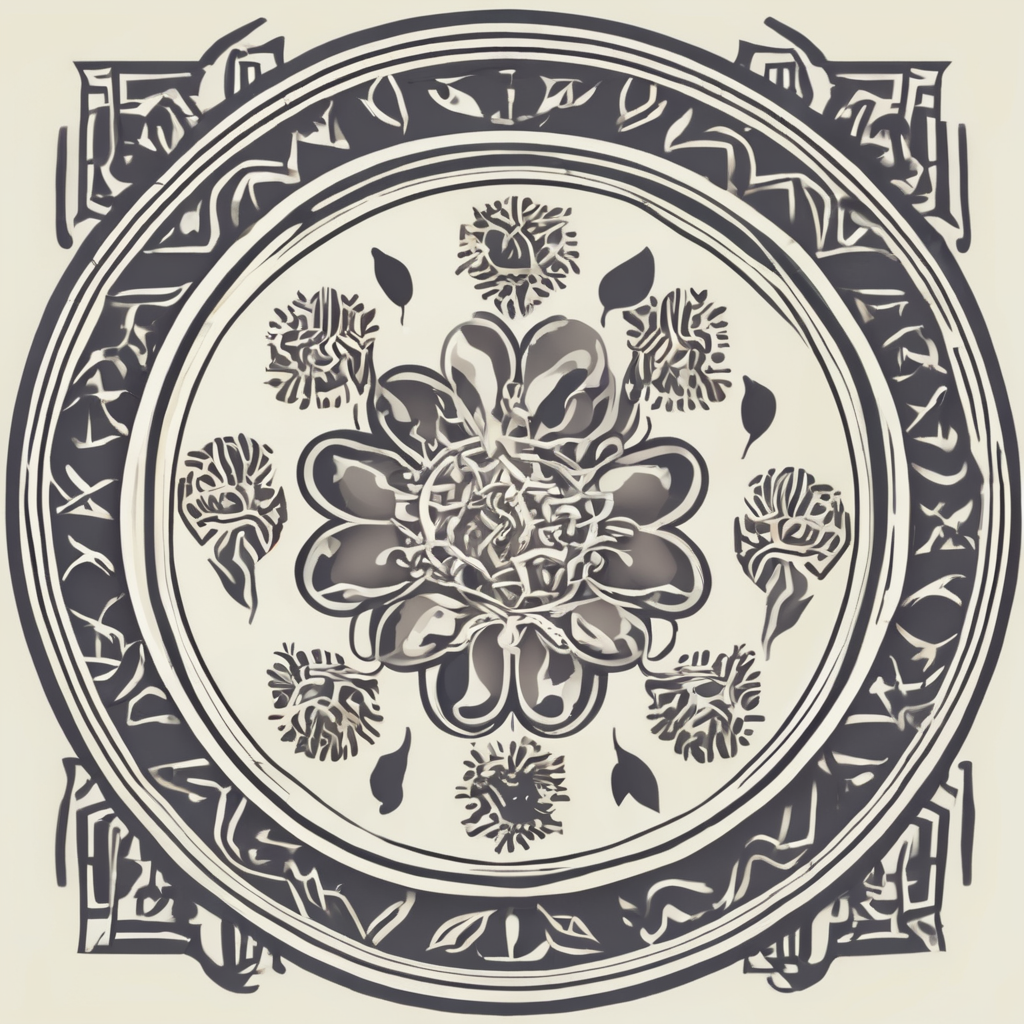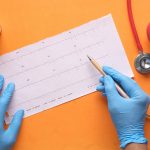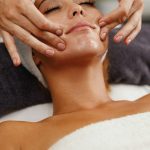There is a saying that prevention is better than cure, and there is no better example than the case of breast cancer. Regular self-examinations can be crucial in early detection, giving you the best chance of effective treatment. We will guide you through the exact steps required to perform a thorough, effective self breast examination.
The Importance of Self Breast Examination
Before delving into the specifics of how to properly conduct a self breast examination, let’s first understand why it’s so important. A self breast examination is a method that enables you to detect any abnormalities within your breasts at the earliest possible stage. Such examinations can play an integral part in breast cancer prevention and can potentially save lives when performed regularly and correctly.
Topic to read : Anxiety checklist: your guide to managing panic and finding peace
Breast cancer is a significant health concern, especially for women, with one in eight women expected to develop it during their lifetime. Although men can also experience breast cancer, the risk is considerably lower. Early detection, primarily through self-examination, can dramatically increase treatment success, making it an essential practice for everyone.
Preparing for Your Self Breast Examination
Your self breast examination should ideally take place several days after your menstrual period has ended, as your breasts will be less sensitive and swollen, making any abnormalities easier to detect. For those who do not menstruate, the same day each month works best to keep consistency.
Also to read : Essential massage gun reviews: find your best fit today
Before starting the examination, make sure you are in a comfortable position. You can perform the examination while you’re standing or lying down, but many find it easier to do while in the shower, where the water and soap can help your fingers slide smoothly over the skin.
Conducting the Visual Examination
The first part of your self breast examination involves a visual inspection. This should take place in front of a mirror with a good amount of light. Remove any clothing from your upper body and stand with your hands on your waist. Look directly at your breasts in the mirror.
What you’re looking for are changes in size, shape, or symmetry of your breasts. Be aware of any dimpling, puckering, or changes in the skin texture or color. Also, check your nipples for any changes or discharge. Remember, the goal is to become familiar with what’s normal for your breasts so that any changes will stand out.
The Physical Examination
After the visual inspection comes the physical part of the examination. This involves using your fingertips to feel for lumps or other abnormalities within the breast tissue.
If you’re standing or sitting, raise your left arm and use the fingers of your right hand to examine your left breast. Use a firm, smooth touch with the first few finger pads of your hand, keeping the fingers flat and together. Move your hand in a circular motion, roughly the size of a quarter.
Cover the entire breast from top to bottom, side to side—from your collarbone to the top of your abdomen, and from your armpit to your cleavage. Be sure to also check the underarm area, as breast tissue extends there.
Reporting Any Abnormalities
Performing self breast examinations regularly helps you become familiar with your breasts, making it easier to notice any changes. However, it’s crucial that if you do spot any abnormalities, you report them to your doctor immediately. It’s important to remember that not all lumps or abnormalities are cancerous, but they should be investigated by a professional to rule out the possibility.
Finally, while self breast examination can be a powerful tool in detecting potential issues, it’s not a replacement for professional medical exams and mammograms, which should still be part of your routine healthcare.
By performing regular self breast examinations, you are taking an active role in your health. So, encourage your friends, your mothers, your sisters to do the same. It’s a small step with potentially life-saving benefits. Remember, early detection is the best protection.
Dealing with Anxiety Towards Self Breast Examination
It is not uncommon for individuals to experience anxiety or dread when it comes to conducting self breast examinations. This feeling can stem from fear of the unknown, concern over potentially finding an abnormality, or even discomfort with the process itself. Yet, these examinations are an essential step in maintaining your health and detecting any possible issues early on. So, how can you manage this anxiety?
First, remind yourself of the purpose and benefits of the examination. Regular self breast examinations help you understand what is typical for your breasts, allowing you to pick up on any changes promptly. Despite the potential for anxiety, the potential benefits of early detection far outweigh the temporary discomfort.
Secondly, remember that not all abnormalities are indicative of cancer. If you do find a lump or any other change, it does not automatically imply a cancer diagnosis. Many breast changes are entirely harmless or non-cancerous. However, it is vital to bring them to your doctor’s attention for further investigation.
Lastly, involve a healthcare professional in the process. If you’re anxious about conducting the examination correctly or interpreting the findings, consider asking your doctor for guidance. They can provide reassurance, demonstrate the correct technique, and answer any questions you may have. Learning the right way to do a self breast examination can significantly reduce anxiety and ensure the procedure is as effective as possible.
Conclusion: Emphasizing the Importance of Self Breast Examinations
Prevention is indeed better than cure, and the importance of regular self breast examinations cannot be overstated. These simple, quick checks could be the key to early detection of breast cancer, potentially saving lives and improving treatment outcomes. Despite the possibility of anxiety or discomfort, the potential benefits of these examinations far outweigh any temporary unease.
Self breast examinations are a proactive step towards maintaining your health, enabling you to become familiar with your breasts and to spot any changes swiftly. If you do identify any abnormalities during the examination, make sure to consult a healthcare professional for further evaluation. Do not let fear or anxiety deter you from performing these exams, as they are an indispensable part of your health routine.
However, do bear in mind that self examinations do not replace regular professional examinations and mammograms. These should continue to be a part of your healthcare routine, providing a more comprehensive overview of your breast health.
In conclusion, self breast examinations are a simple yet powerful tool in early breast cancer detection. Encourage the women in your life to perform these examinations regularly, and remember, the earlier the detection, the better the protection.











